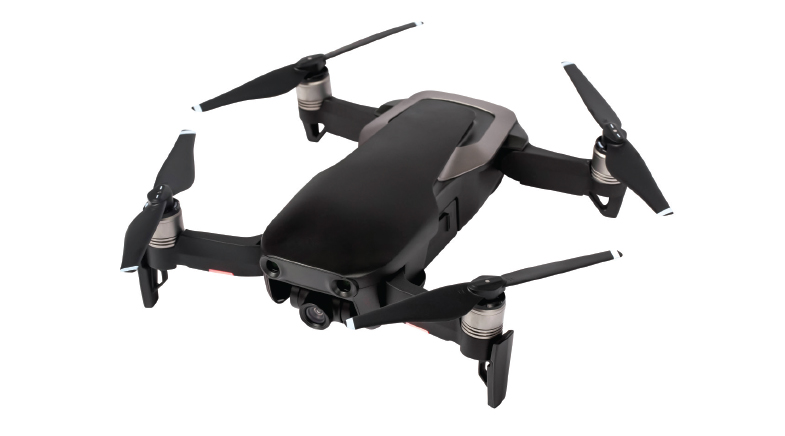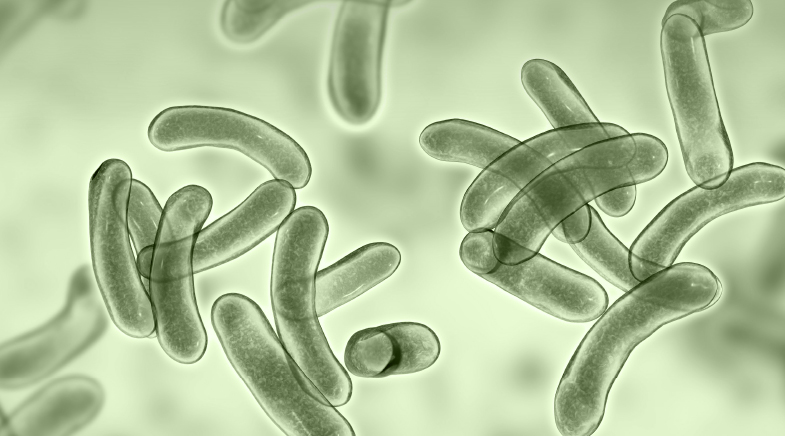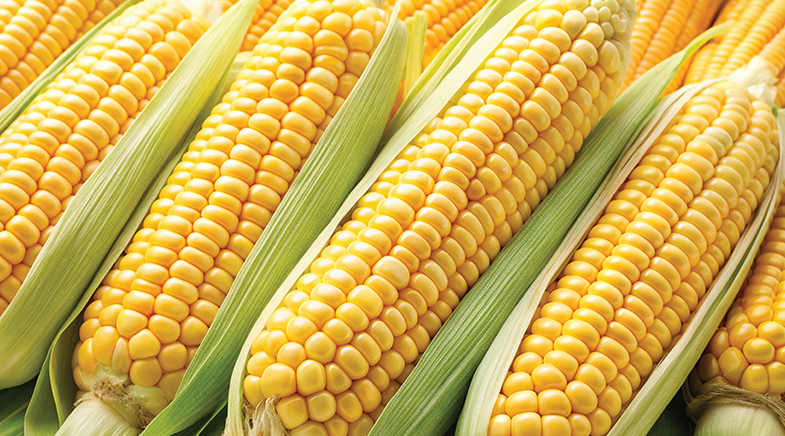Are microbes on the space station different from those on Earth?
-
- from Shaastra :: vol 01 issue 04 :: Jul - Aug 2022

The presence of microbes on the International Space Station (ISS) — a human-made, sealed environment with unnatural conditions such as microgravity — has always piqued the curiosity of scientists. Are space-dwelling microbes very different from their earth-stationed counterparts? Can these microbes cause astronauts to fall sick? Do the microbes on the ISS — it is believed to host some 55 varieties — interact with one other?
Now, researchers from the Indian Institute of Technology Madras and their collaborators at the National Aeronautics and Space Administration have published a study on interactions between these microbes. The paper, published in the journal Microbiome, used metabolic models of the microbes to assess the interactions.
The researchers started with computer-based metabolic models of each type of microbe. These models represented the entire network of metabolic reactions happening inside a microbe and were derived from their DNA sequences. They then looked for small molecules or metabolites that an organism could possibly get from another. These metabolites determine the type of interaction between two types of microbes.
A good analogy for this would be road networks of two States and their interconnections, says Karthik Raman, one of the authors of the paper. The road networks are unique to the State, but the interconnections determine to what extent traffic in one State impacts that in the other.
Since the microbes are embedded in a community, disrupting some key players could potentially disrupt the entire community.
The researchers found a variety of interactions: parasitism, where one microbe feeds off another; competition, where two microbes fight for the same resources; or amensalism, where one microbe harms another without benefiting itself.
The researchers took two approaches to network modelling: the graph theory approach and the constraint-based modelling. The former allows researchers to see the broad strokes of interactions between microbes; the latter lets them see which microbe will outgrow the other.
The high level of interaction between the microbes surprised the researchers. "The microbes are not just hanging around, but they seem to really have a community structure and are helping each other survive," says Raman, Associate Professor, Biotechnology, IIT Madras. For example, they found Salmonella and Entero-bacteriaceae were helping other organisms grow.
Of the many interactions that the researchers found, they experimentally validated one in microgravity conditions. The modelling-based analysis had shown that the bacterium Klebsiella had a parasitic interaction with the fungus Aspergillus. To prove this prediction, Klebsiella and Aspergillus were cultured or grown together in simulated microgravity conditions. Using electron micrography the researchers found the Klebsiella negatively affected the morphology of Aspergillus and degenerated its biofilm forming structures.
Knowledge of these interactions can help in "targeted disinfections" in the ISS, says Raman. Since the microbes are embedded in a community, disrupting some key players could potentially disrupt the entire community.
Going ahead, the team now wants to look at microbial communities and their interactions at the spacecraft assembly facility. They also want to use their network modelling methods to study a variety of other microbial communities.
Have a
story idea?
Tell us.
Do you have a recent research paper or an idea for a science/technology-themed article that you'd like to tell us about?
GET IN TOUCH














